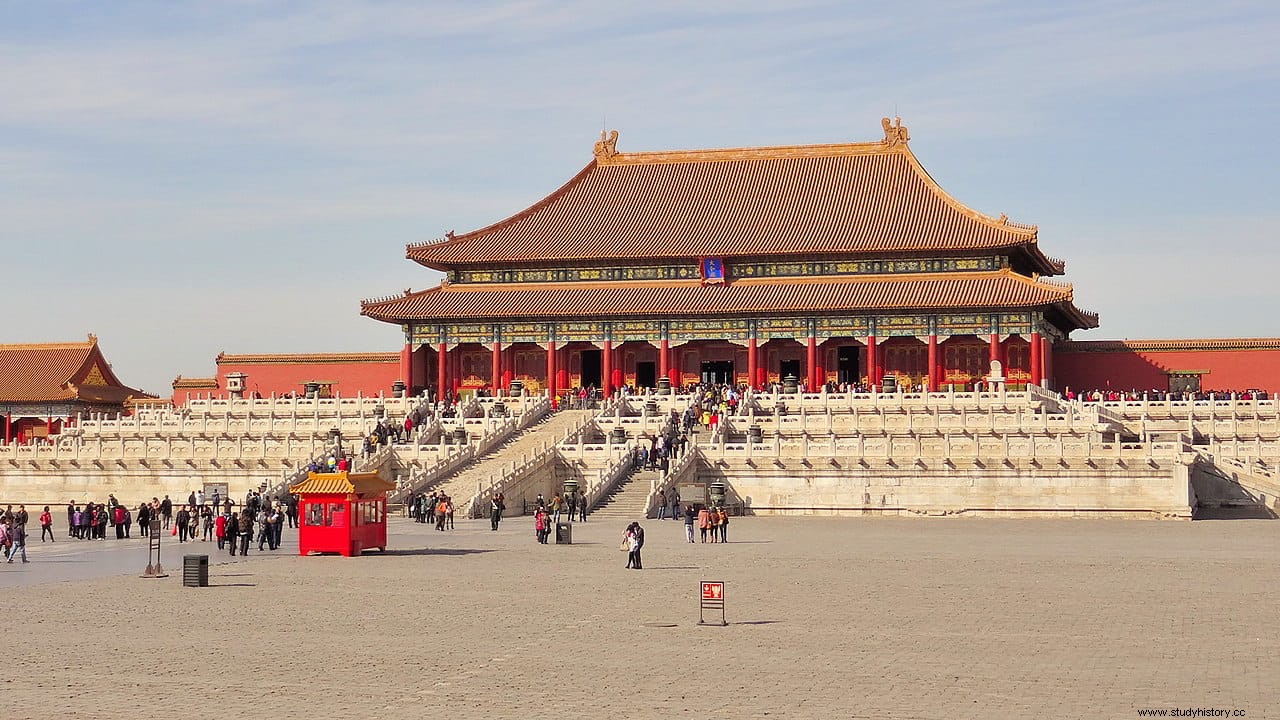Archaeologists found in 2016 at the Peking Palace Museum , better known as the Forbidden City , porcelain shards and broken tiles dating back to the Yuan dynasty, established by Kublai Khan in the 13th century. This is how one of China's greatest mysteries is solved, the location of the Yuan Palace , which was precisely in the center of the royal residence, under the three palaces that followed it chronologically.
The remains have been there, under the feet of museum experts, for more than 600 years. They were discovered already in 2015, but later the analyzes have confirmed the dating and their identity. Kublai's palace was thought to be close to the Forbidden City itself, but the exact location was never suspected to be in the very center of the compound.
The Forbidden City was the location of the Chinese imperial palace from 1420 under the Ming dynasty and from 1644 to 1911 under the Qing dynasty. The excavations that have resulted in the surprising find were started in order to study the architecture and history of the subsequent constructions, without suspecting that Kublai's palace was underneath.

Kublai Khan was the fifth great Khan of the Mongol Empire, from 1260 until his death in 1294. He was the grandson of Genghis Khan, and succeeded his older brother on the throne, although to do so he had to defeat his younger brother in a civil war that it would last until 1264. This would mean the beginning of the end of the empire, seeing its influence reduced only to China and Mongolia. Yet his kingdom stretched from the Pacific Ocean to the Black Sea, and from Siberia to present-day Afghanistan, a fifth of the world's inhabited lands.
Kublai assumed the role of emperor of China in 1271 establishing a new dynasty, the Yuan, which ruled Mongolia, Korea, and China. In 1279 he managed to definitively defeat the remnants of the Song dynasty forces, which were concentrated in the south of the country, becoming the first non-native emperor to rule all of China.
Excavations of the palace revealed a total of four foundation layers beginning with the Qing dynasty palace. Below it is the layer of the late Ming dynasty palace, then the early Ming palace, and finally Kublai's Yuan palace below them all.
The discovery is important because it is the only Yuan remains in the compound , as all other buildings from that time were removed before construction of the Forbidden City began.
